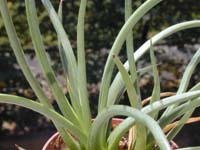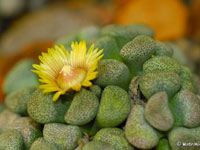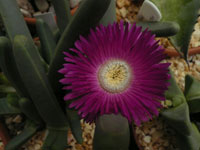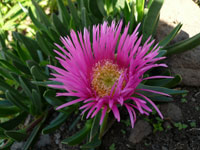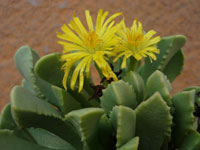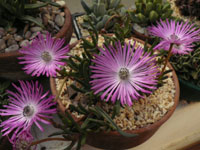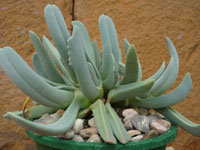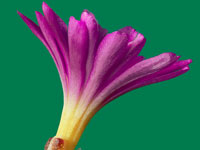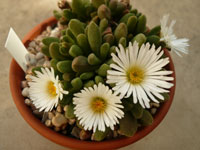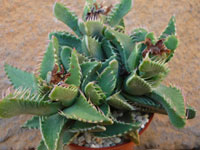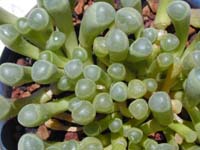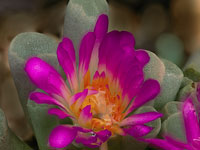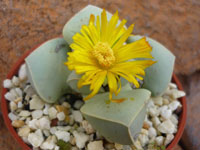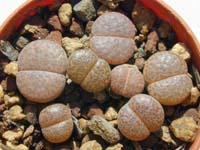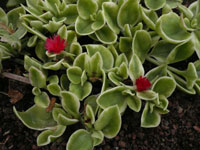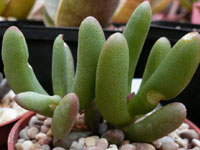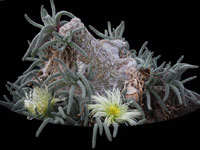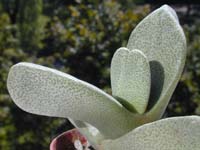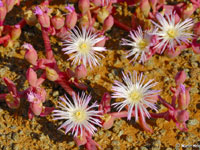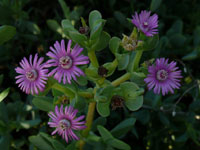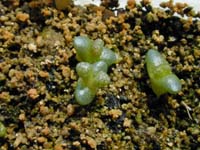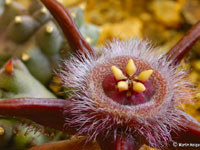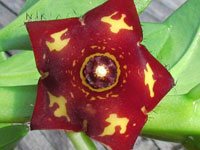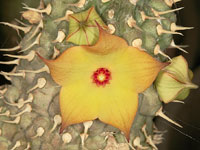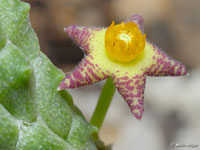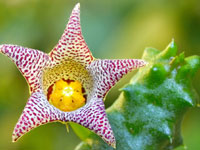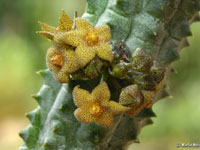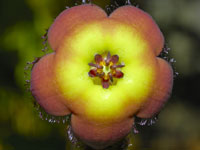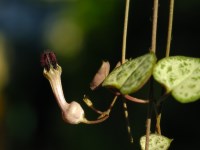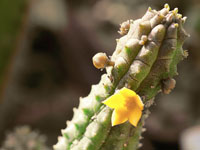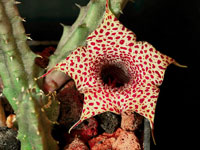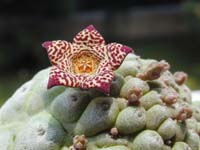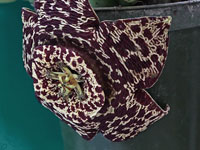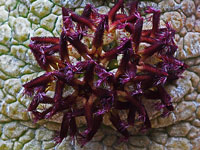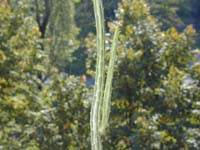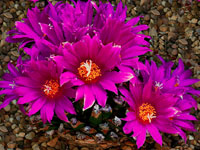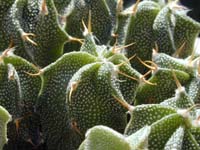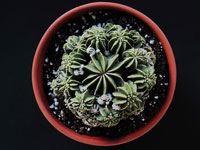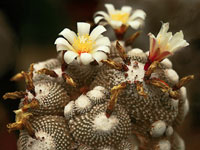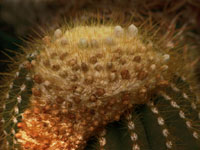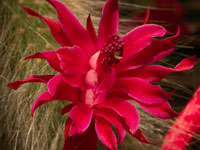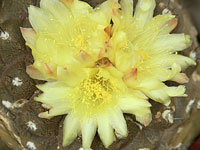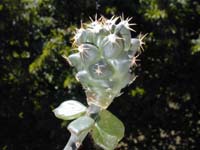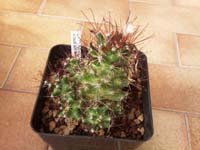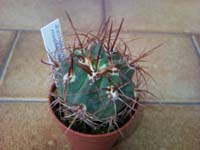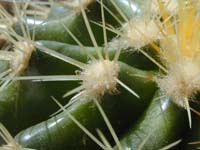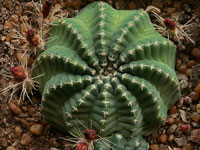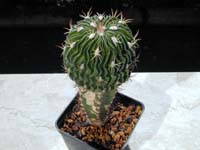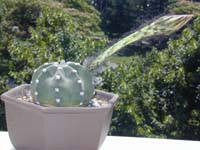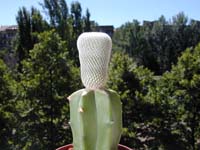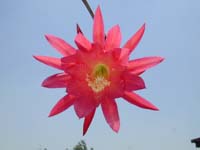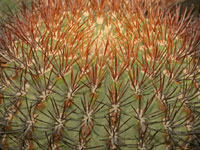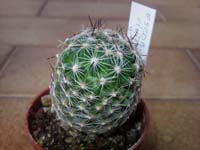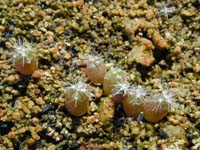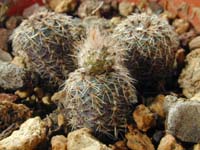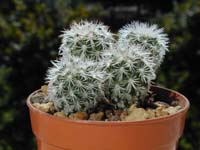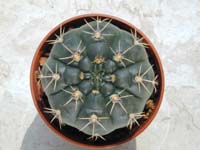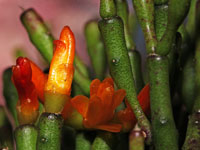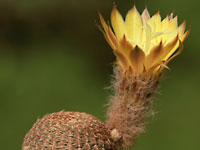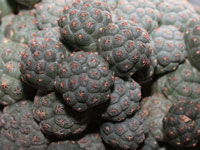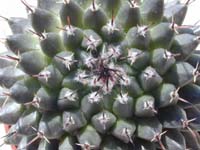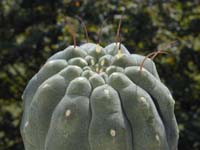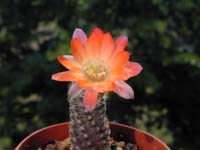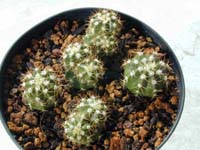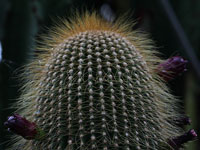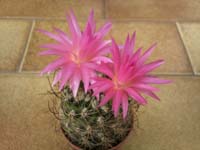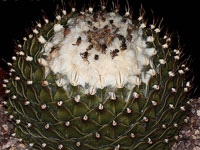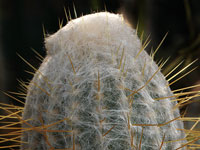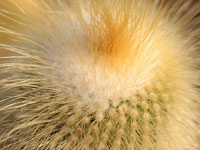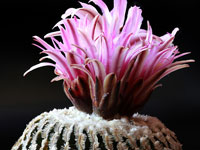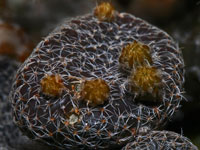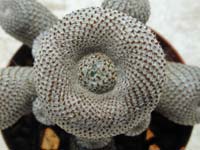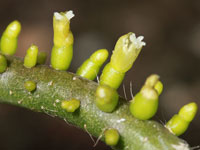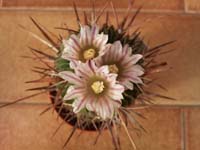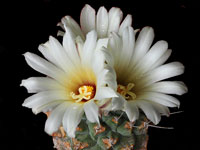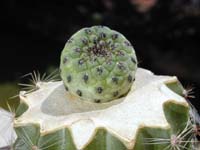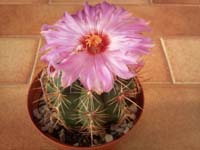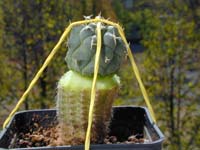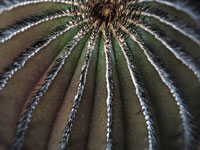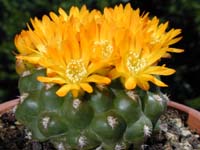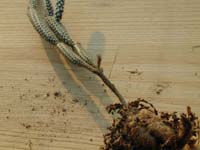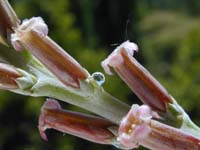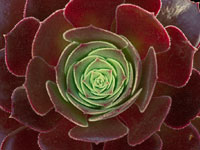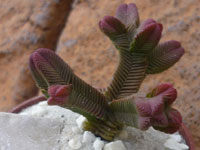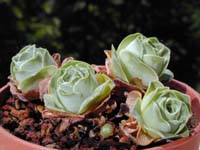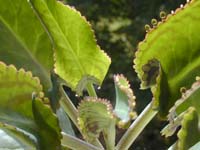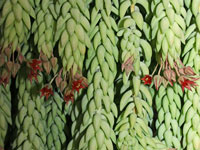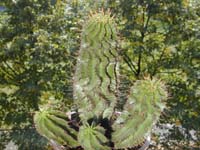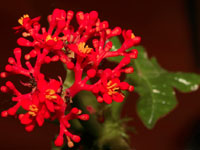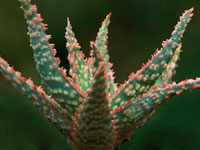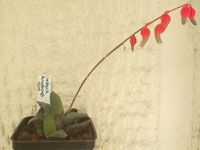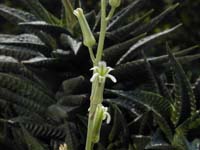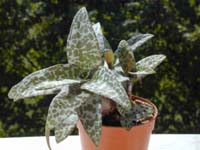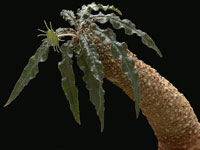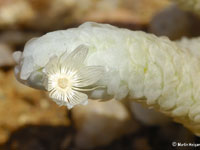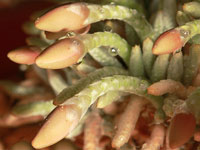If at this step there will be day to day more and more desire to increase your knowledge by buying books and subscribing to an association of enthusiasts, you just became cactophilists: congratulations!
However, to distinguish a true cactophilist from a simple fan, there are some characteristics to consider that are listed here.
- The true cactophilist wants to assign the correct scientific name for each of its plants. Finding that in some cases, after consulting several books, the task is difficult, is increasingly oriented towards the purchase of a specialized nursery plants already accompanied by a beautiful label with the name and perhaps with data locality (field number) relating to the place where the species has been found.
- The true cactophilist engages annually in planting of preferred succulents, which are often the very ones that are more difficult to cultivate. Every time he experiments with new substrates and he does not give up in the face of germination failure or wilt of seedlings.
- The true cactophilist holds spare succulents, but often, after so many sowings or too many rooted suckers, he gets to have so many from having to discard them. He knows that gifting them to his relatives, his neighbors or friends without a green thumb is like throwing them out the window and then looks for other cactofili with which to trade. During the exchange he attempts to keep small plastic pots in which succulents are placed, because often close to home there is no shop where to buy them and knows how difficult it is to obtain them.
- The true cactophilist, if it has not already, dreams of having a greenhouse in which to place his entire collection, because he is tired of moving his plants every winter from the balcony to the living room and because he suffers in seeing them perish because of hot and dry air resulting from heaters.
- The true cactophilist, if without a greenhouse, fears the severe thunderstorms and hail that could cause irreparable damage to his collection. He is also concerned that the burns may deface the cactus if they were not accustomed gradually to direct sunlight, after a winter spent in the apartment.
- The true cactophilist hates the cochineal, and in particular the cochineal that attacks the roots and thus remains hidden from view. When the plant does not grow inexplicably and in some cases has lost turgor of a time, now he suspects in the presence of the hated parasite. Then he attempts to obtain a systemic insecticide, even if the retrieval is not so easy. Of cochineal that infest the aerial part of the plant, he cares relatively, because if he has been diligent in observing all its plants, he immediately notices the presence of the first few parasites and he removes them simply crushing them with a stick.
- The true cactophilist, to get the best substrate for its plants, mixes different soils. The drainage that he wants to get will be in according to how frequently he will water his creatures. In this substrate then he transplants the plants just purchased.
- The true cactophilist falls into two categories: one is that of cactophilists who want to see their succulents always turgid and florid, and then abound in fertilizers and do not reject the graft for plants really difficult to grow. The other is that of cactophilist who want to recreate the harsh environmental conditions of the place of origin of the plant and they do not water even when their cacti are wrinkled. (I belong to the first category, then all the information I provide is influenced by the philosophy of cultivation above.)
- The true cactophilist, when he goes on vacation, he must have a trustworthy person to entrust with the plants in his absence. The trusted person, unfortunately, is almost never a cactophilist, so you can trust only up to a certain point. For this in short time the true cactophilist seeks to inculcate those basic instructions, even at the cost of being repetitive and irritating, to avoid more damage.
- The true cactophilist to exchange plants and to finally talk to someone about succulent issues, looks for other cactophilists. He then enrolls in an association of fans discovering that he is not a white fly.
- The true cactophilist, but in extreme cases, specializes to the point that he collects only the species belonging to a single genus; you could say that we are in the presence of a 'monogeneric' cactophilist. If it is a true cactophilist will not leave, however, that his desire to collect be somehow incentive to illegal trade in endangered species.
If you like what you've read Publish on Facebook.




















